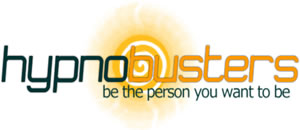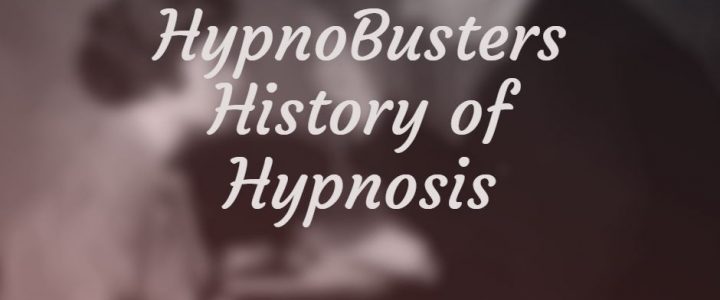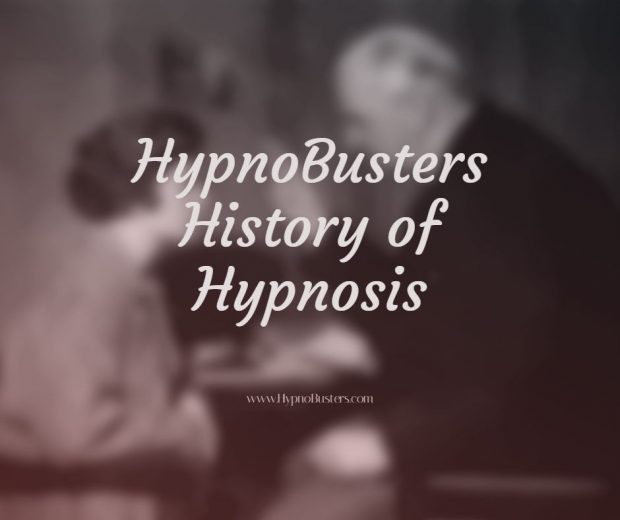 It’s good to appreciate the history of hypnosis if you want to increase your understanding. Here is a brief run through the history of hypnosis as we know it today…
It’s good to appreciate the history of hypnosis if you want to increase your understanding. Here is a brief run through the history of hypnosis as we know it today…
Western scientists first became involved in hypnosis around 1770, when Dr. Franz Mesmer (1734-1815), a physician from Austria, started investigating an effect he called “animal magnetism” or “mesmerism”.
Please CLICK HERE For My Collection Of Hypnosis Sessions
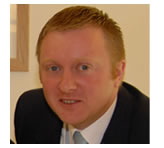
Jon Rhodes
Mesmer found that, after opening a patient’s vein and letting the patient bleed for a while, passing magnets over the wound would make the bleeding stop. He also discovered that using a stick would also make the bleeding stop. Mesmer managed to occasionally complete cures that other medical professionals of his era were not able to.
An Indo-Portuguese priest, Abbé Faria, revived public attention to animal magnetism. In the early 19th century, Abbé Faria introduced oriental hypnosis to Paris. Unlike Mesmer, Faria claimed that it ‘generated from within the mind’ by the power of expectancy and cooperation of the patient.
The evolution of Mesmer’s ideas and practices led the Scottish neurosurgeon James Braid in 1842 to coin the term “hypnosis.” Realizing that “hypnosis” was not a kind of sleep, he sought to change the name to “monoideaism” (“single-idea-ism”), but the term “hypnosis” had by now stuck.
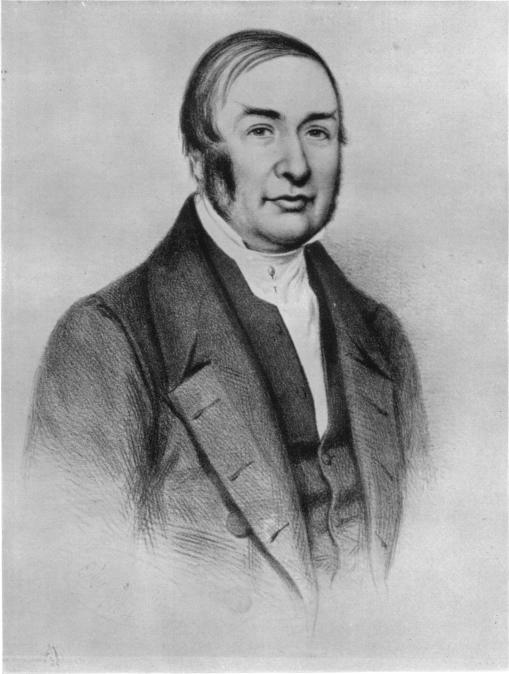
Popularly called the “Father of Modern Hypnotism,” Braid rejected Mesmer’s idea that hypnosis was induced by magnetism, and ascribed the “mesmeric trance” to a physiological process resulting from prolonged attention to a bright moving object or similar object of fixation. He reasoned that “protracted ocular fixation” fatigued certain parts of the brain and caused a trance—a “nervous sleep” or, from the Greek, “neuro-hypnosis.”
Please CLICK HERE To Check Out My BIG Collection Of Hypnosis Scripts
Braid tried hypnotism to treat various psychological and physical disorders. He had little success. Other physicians claimed better results, particularly using hypnosis for pain control. An 1842 report described a painless amputation performed on a hypnotized patient. This was widely dismissed, and there was strong resistance in the medical profession to the idea of hypnosis; but there followed other reports of success.
Braid is credited with writing the first book on hypnosis, Neurypnology (1843).
Dr. James Esdaile (1805-1859) reported on 345 major operations performed using mesmeric sleep as the sole anaesthetic in British India. The development of chemical anaesthetics soon saw the replacement of hypnotism in this role.
The neurologist Jean-Martin Charcot (1825-1893) endorsed hypnotism for the treatment of hysteria. La méthode numérique (“The numerical method”) led to a number of systematic experimental examinations of hypnosis in France, Germany, and Switzerland. The process of post-hypnotic suggestion was first described in this period. Extraordinary improvements in sensory acuity and memory were reported under hypnosis.
From the 1880s the examination of hypnosis passed from surgical doctors to mental health professionals. Charcot had led the way and his study was continued by his student, Pierre Janet. Janet described the theory of dissociation, the splitting of mental aspects under hypnosis so skills and memory could be made inaccessible or recovered. Janet provoked interest in the unconscious and laid the framework for reintegration therapy for dissociated personalities.
In the early 1900’s, the interest in hypnosis seemed to wane, until the Second World War. Field hospitals often ran short of the drugs needed to treat wounded soldiers. Under often appalling conditions, a small group of clinicians of hypnosis were able to provide pain relief and alleviation of suffering of severely injured patients.
In 1956, Pope Pius XII gave his approval of hypnosis. He stated that the use of hypnosis by health care professionals for diagnosis and treatment is permitted.
In 1955 the British Medical Association set up an inquiry which favourably reported hypnosis as a therapeutic tool. It even recommended that it should be taught at medical schools. Hypnosis was approved by the Council of Mental Health of the American Medical Association in September of 1958 as a safe practice with no harmful side effects. Since then there has been acceleration in the establishment of hypnosis societies for doctors, dentists, and psychologists.

The internet has encouraged the current surge in hypnosis. Many hypnotherapists are better able to share information with the wider public, and there are many inexpensive options of online hypnosis, or pre recorded sessions.
People benefit, not only from the cheaper costs, but also from the convenience of being able to enjoy hypnosis whenever they want. This improvement in the accessibility of hypnosis is set to continue with the growth of communication and technology.
Now you know the history of hypnosis. If you would like to learn more… Please CLICK HERE For My BIG Collection Of Hypnosis Sessions
